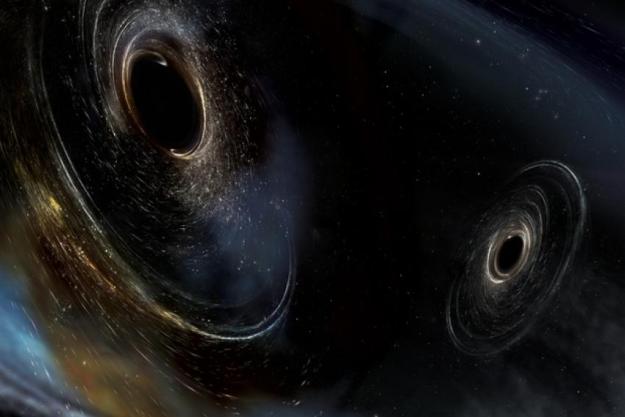Black holes are some of the most mind-bending objects in the universe. They are so dense that anything which passes their event horizon, even light, can’t escape. That’s where they get their name, as the black hole itself is impossible to see. Fortunately for researchers, many black holes have material like dust and gas around them, and when this material falls into a black hole it can give off bursts of X-rays which allow them to locate the black hole.
But this isn’t the case for every black hole. Some are not taking in material, meaning they don’t give off X-rays and are much harder to locate. Now, a citizen science project is inviting members of the public to help search for these “hidden” black holes.

The project, called Black Hole Hunters, looks for clues to the location of black holes left behind by their enormous gravity. Because black holes are so dense they have very strong gravity, and this strong gravity warps spacetime. This bends light coming from stars behind them, making that light brighter for a short time.
Citizen scientists are invited to look for these peaks of brightness from stars in graph data. A short tutorial explains what you are looking for in a graph, then you are let loose to help classify graphs that might indicate the presence of a black hole. The data is gathered from 10 years of measurements from the SuperWASP survey, an exoplanet detection project.
The project could help astronomers identify important black holes for future study, according to Adam McMaster, one of the co-leads: “I can’t wait to see what we find with the Black Hole Hunters project. The black holes we’re looking for should definitely exist, but none have been found yet. Our search should give us the first hints about how many black holes are quietly orbiting stars, eventually helping us to understand the way such systems form,” he said in a statement.
“Finding them is a huge task and it’s not something we could do alone, so it’s great that anyone with access to the Internet will be able to get involved no matter how much they know about astronomy.”
You can join in the hunt by heading to the Black Hole Hunters project page.
Editors' Recommendations
- Stunning image shows the magnetic fields of our galaxy’s supermassive black hole
- Scientists want your help to search for black holes
- Record-breaking supermassive black hole is oldest even seen in X-rays
- Swift Observatory spots a black hole snacking on a nearby star
- Astronomers spot first evidence of two planets sharing the same orbit




